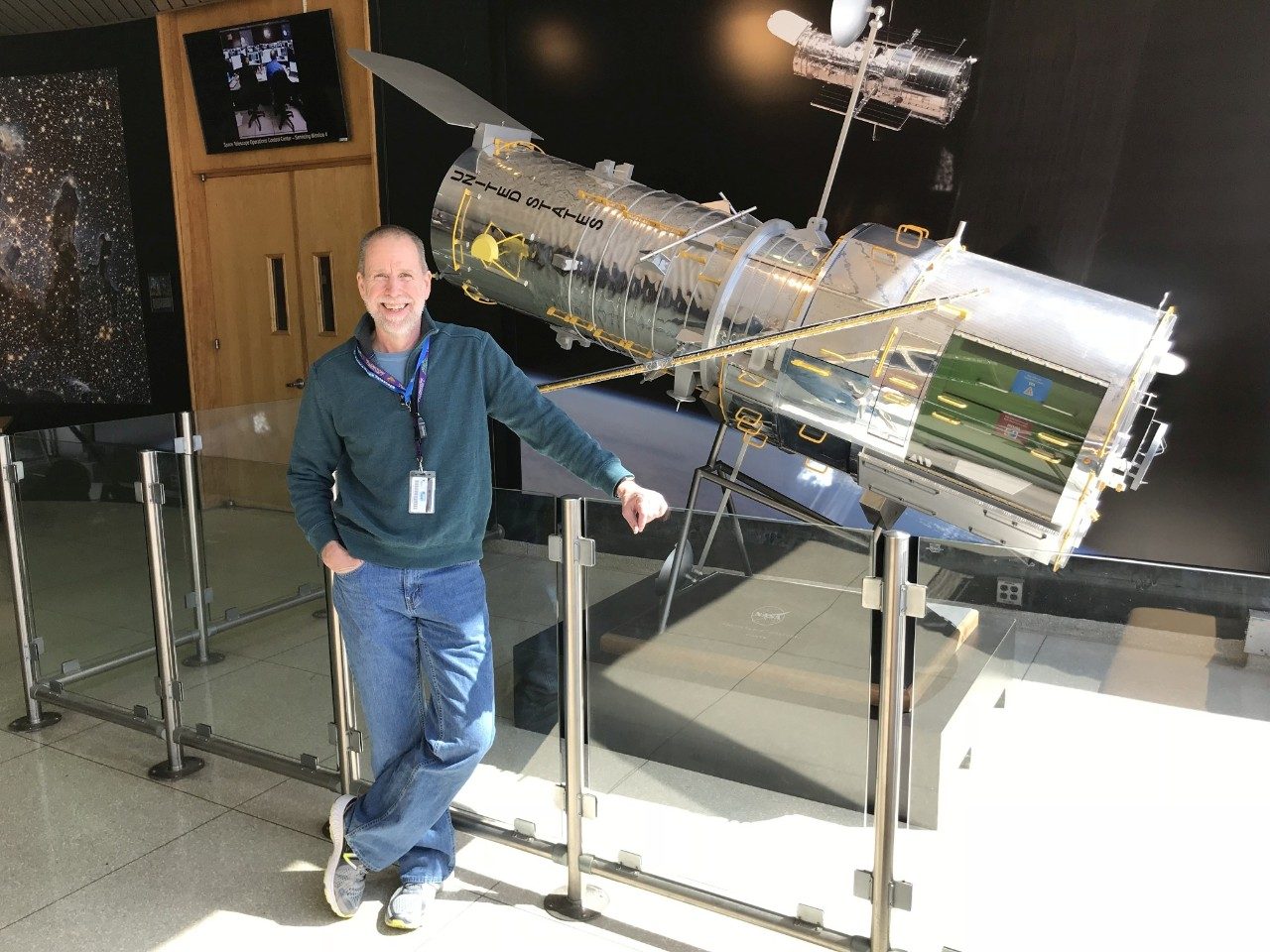Hubble Space Telescope Still Going Strong
On Hubble's 30th anniversary, we explore some of the recent engineering keeping the telescope working well beyond its expected life
Thirty years ago, NASA’s Hubble Space Telescope (HST) began its spectacular quest to gaze deeper into space.
The universe would never look the same to humans.
Hubble — which was built at the Lockheed Martin Space site in Sunnyvale, California — was conceived to tackle scientific goals that could be accomplished only by an observatory in space. Its mission was to spend 15+ years probing the farthest and faintest reaches of the cosmos, so a series of on-orbit servicing missions by space shuttle astronauts was crucial to keeping the telescope in tip-top shape during earlier years of the mission.
But as Hubble continues aging with no more planned service missions, the telescope faces new challenges.
Finding a solution to keep Hubble going
When Hubble launched, most scientists believed HST required three of its six gyroscopes — instruments used to point and position the telescope — to be fully functional in order for the telescope to operate. But as more gyros began wearing out over the extended timeframe of the mission, Lockheed Martin needed to find a solution to keep Hubble going.
Mike Wenz, HST lead optical telescope system engineer, and his colleagues were up for the challenge.
Together, they invented a new way for the gyros and fine guidance sensors (FGS) — which do the final precision positioning of the telescope — to work in tandem. With this new method, Hubble can operate with as little as one gyro.
“Essentially we created a hybrid mode,” Wenz explained. “The gyros are the front-seat-drivers — they do the majority of the work getting the telescope into position. Once that’s done, the fine guidance sensors step in to keep Hubble perfectly still and locked on the guide stars.”

The team has already tested this new way of operating onboard Hubble, so it’s ready to be used at any point in the mission. Wenz credits the diversity of his small team with its ability to make breakthroughs like this one.
“As a trained astronomer, I think a little differently. When I’ve been asked how I came up with a solution, it’s often very simply that I didn’t know any better than to try it. Diversity is key, pairing my background with trained engineers and the people on the science side.”
Discovering the universe with Hubble
Hubble is famous worldwide for discovering the universe and making it accessible to all through its incredible photos.
During its 30 years in space, HST has traveled more than four billion miles in its orbit, taken over 1.4 million observations and provided data to generate over 16,000 peer-reviewed scientific publications reporting Hubble results. We continue supporting NASA’s mission and expanding the boundaries of what’s possible when it comes to optical engineering.




